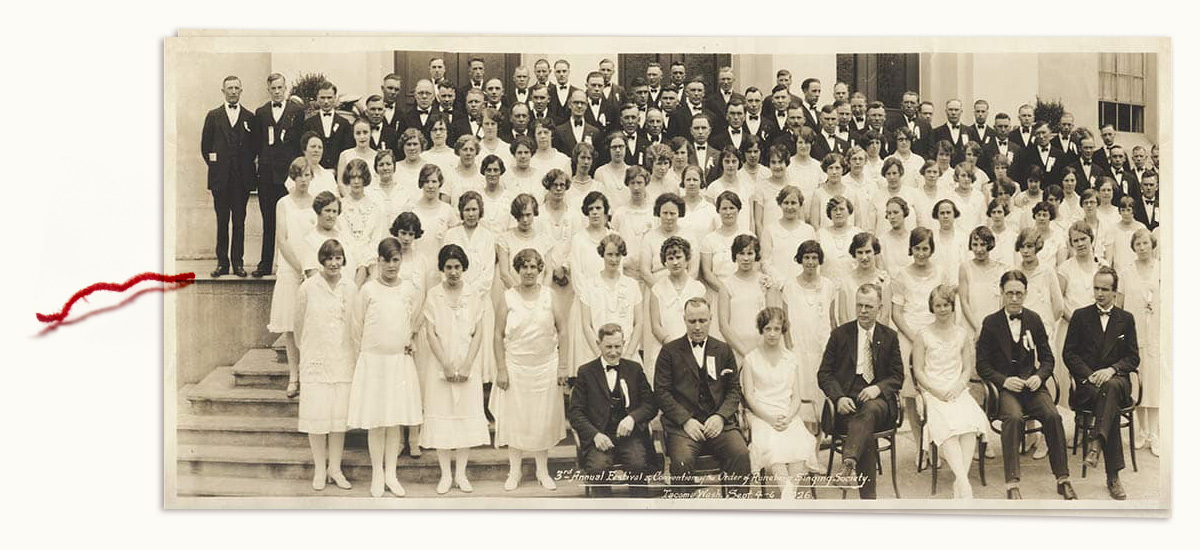Established 1991
Our Beginnings
The Swedish Finn Historical Society was founded in 1991 by the descendants of Swedish Finn emigrants in Seattle, USA. They were interested in preserving their cultural heritage and the historical record of the organizations and lives the emigrants built in their new world. Today we have members in six countries around the world. Join us in preserving the global emigration history of Swedish Finns.
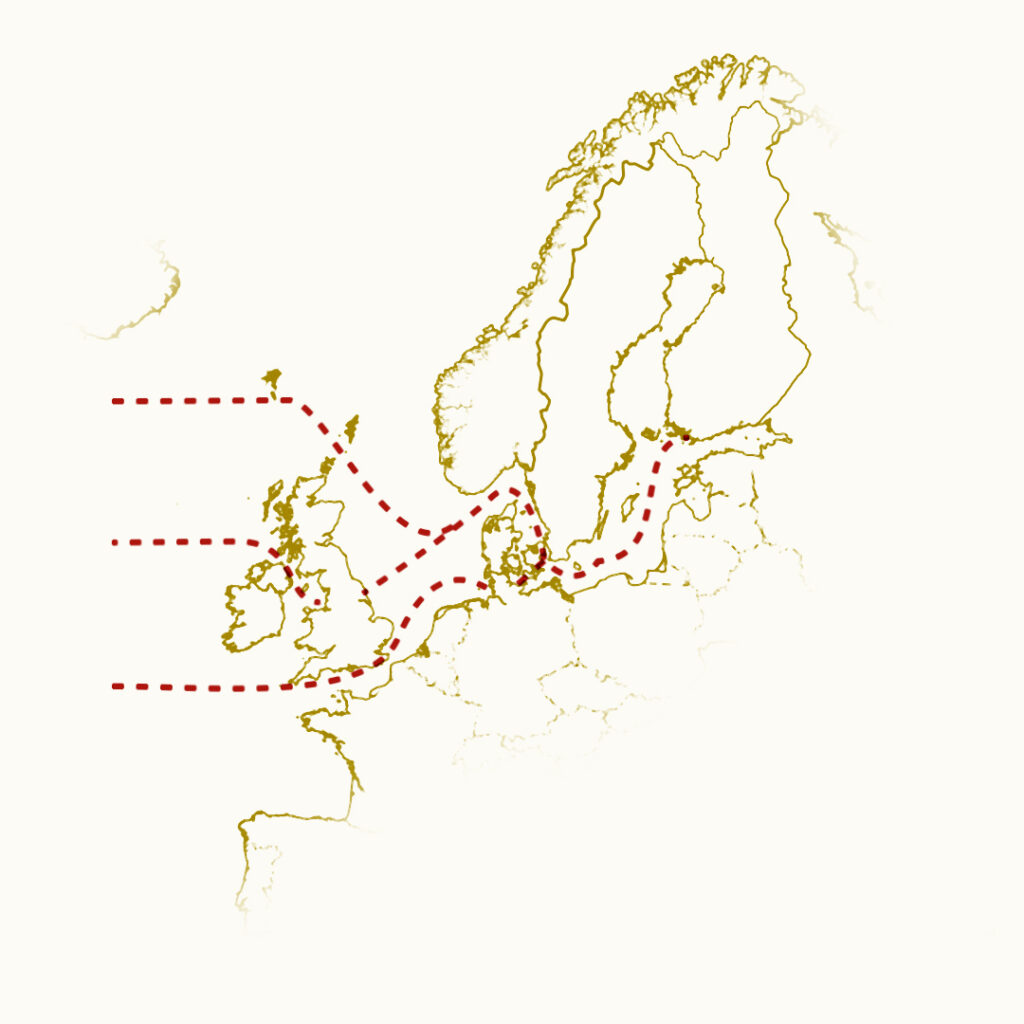
To Alaska and beyond
Our story begins in the 1830s when Swedish Finns began their journey to Alaska, then part of Russia. The next wave of emigration occurred in 1848 with the discovery of gold in California. Between 1860 and 1940, known as the Great Emigration, approximately 390,000 people left Finland for new lands, 70,000 of whom were Swedish-speaking. These pioneers formed close-knit communities, known affectionately as Little Terjärv and Little Kokkola in more than 90 locations across North America.
Our history extends beyond North America. While many Swedish Finns set sail for England, others ventured to Australia, New Zealand, and South Africa in search of gold, diamonds, or farmland. The utopian movement drew Swedish Finns to Argentina and Brazil, but the largest migration was to Sweden itself.
Swedish speaking Finland
Today, around 5.2% of Finland’s population are native Swedish speakers, known as Finlandssvenskar. This community maintains a vibrant culture through Swedish-language schools, healthcare services, and media. Swedish has been spoken in Finland for centuries, a legacy of the time when Finland was under Swedish rule and trade flourished along the Baltic coast. The Swedish spoken in Finland is unique and there are many distinct dialects are still spoken.
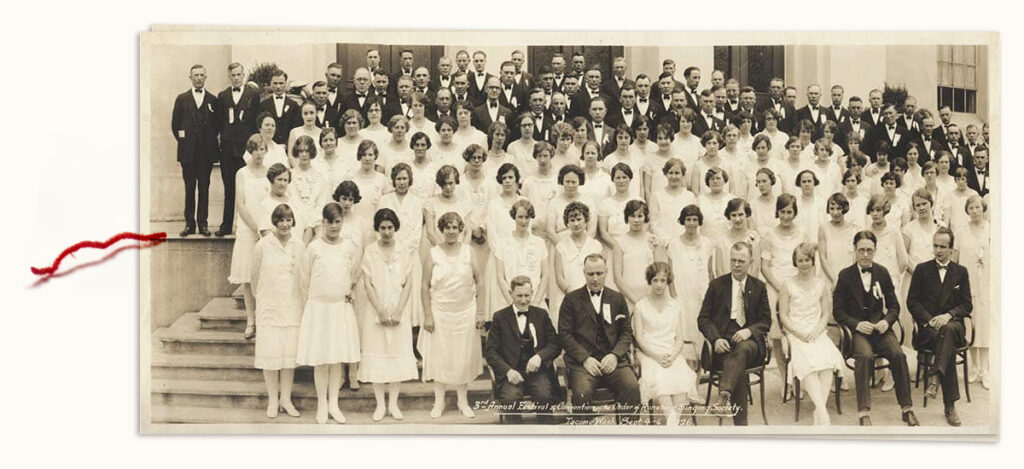
Being a Swedish Finn is exceedingly rare. Between 1860–1920 less than .oo25% of immigrants to the United States were Swedish Finns. For comparison, .8% of immigrants were from Japan and 13.7% were from German lands.
They left the familiar
Driven by economic hardship, overpopulation, threats of conscription into the Russian army, and the promise of better opportunities abroad, Swedish Finns left their homeland. Many emigrated from Ostrobothnia and the Åland Islands, areas that lost over ten percent of their populations. Chain migration played a vital role, as individuals who found work or land abroad sent for family and friends, often purchasing tickets for them. While some returned to Finland after achieving their goals, the majority stayed, raising families and building new lives.
Present day
Today, the descendants of Swedish Finn emigrants can be found in communities like Rochester, Washington; Worcester, Massachusetts; Crystal Falls, Michigan; and Mendocino County, California. Some grew up knowing their heritage, while others discovered it later through old letters, or DNA tests. Both the descendants of those who left and those who stayed are curious about what became of the lost branches of their family trees. The most rewarding part of our mission is connecting these families.
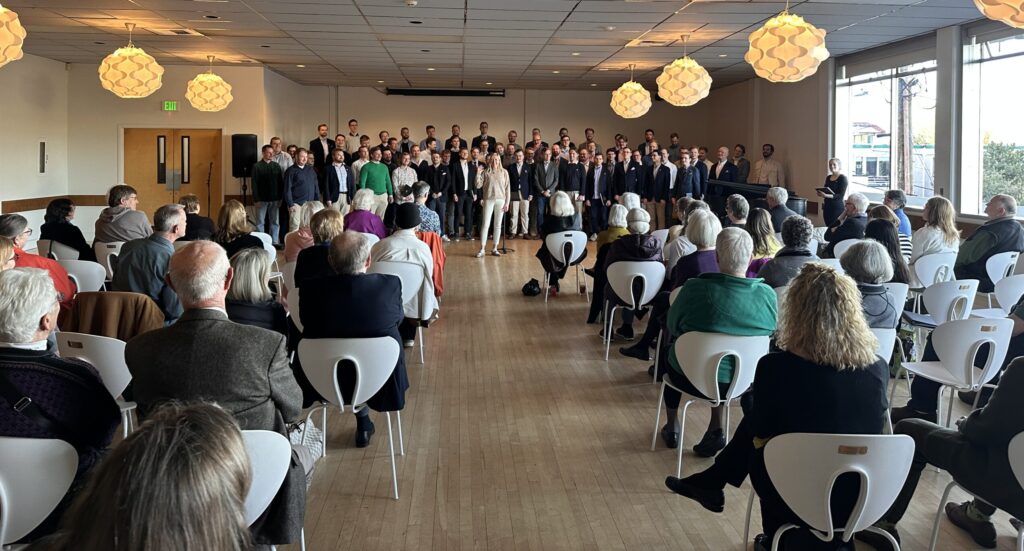
Board of Directors
Nancy Nygård
President
Carl Lillvik
Vice President
Dale Hjort
Secretary
Dick Erickson
Treasurer
Michael Bell
Dave Carlson
Cassie Chronic
Eric Jenkins
Karen Lundgren
Ulf Wallendahl
Steve Westmark
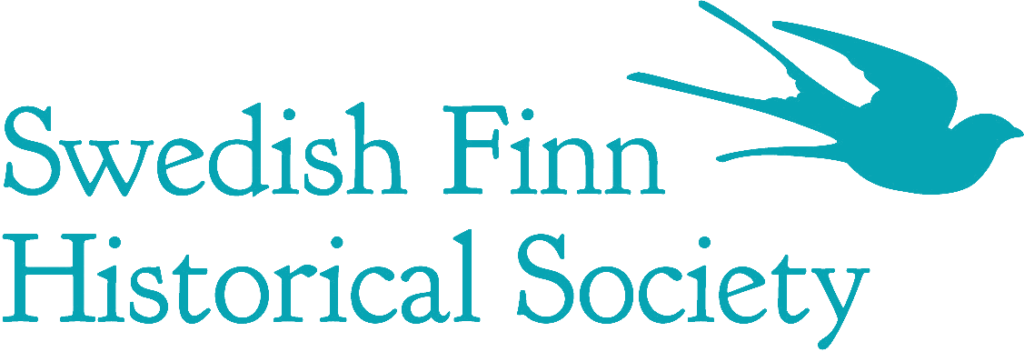
What is the significance of the swallow as our logo?
When our emigrant ancestors sailed from Finland to settle around the globe, their thoughts returned often to the homeland and loved ones they left behind. Wherever they gathered in their new communities they celebrated unique customs of Österbotten. A favorite song, sung in their native Swedish, was “Hälsa Dem Därhemma” or “Greet Them at Home”.
The lyrics describe a person standing on the deck of a ship at night, lonely and far from home. Thoughts turn to swallows who, unlike the lonely traveler, have the ability to fly back to the green meadows of Finland. The lyrics include a poignant request to the swallow to greet mother, father, and little brother. The humble little swallow serves as our logo today and symbolizes the nostalgic memory of longing for Österbotten.
Listen to the song on YoutubeFinding your ancestral roots
Learn more about what we do.
Our Office & Research Library
We are located inside of the historic Swedish Club.
1920 Dexter Avenue North
Seattle, WA 98109
(206)706-0738

Archival & Research Resources
Our research library focuses on the Swedish speaking population of Finland and their emigration history. Our archival holdings include records from The Order of Runeberg. Research assistance is available.
Genealogy Resources
Genealogy Query
Library

Culture & Celebration
All of our programming aims to connect the descendants of Swedish Finn emigrants to their roots in Finland—from our virtual coffee hours to our publications.

Membership & Its Benefits
Members get access to our digital archive, our publication Kusiner, our programs and three hours of research or translation assistance annually.

